How to make the most of your Mac menubar by rearranging, deleting and adding app icons — with or without third party utilities.
If you find yourself with an ever-increasing number of small icons on the right side of your Mac's menubar, you can take control and manage these easily. There is a built-in facility to do this, or you can upsize your menubar mastery with third-party utilities.
Typically, menubar icons add themselves to the menubar when a third-party program that uses them is installed. There are also a handful of Apple default icons that appear on startup automatically.
Apple's menubar icons include the time and date, where clicking it will bring up notifications; Siri; Control Center; Search, and a "User" icon which, when clicked on, will show the account you are presently in. A Wi-Fi signal strength indicator, battery status, Bluetooth control, volume and sound control, display options, Time Machine status, and a focus mode indicator are all available as well.
Depending on the size of your screen, things could already be getting a little crowded up there. There's also plenty of third-party menubar icons that could be added for convenience. A mini-calendar, internet radio apps, MalwareBytes anti-malware and many more will offer to put up a handy menubar icon to always be at the ready.
Managing a menubar mess
No third-party program is required if you just want to re-arrange or "de-clutter" your menubar icons. To remove or re-arrange menubar icons, mouse up to a menubar icon.
Holding down the command key on your keyboard while clicking on the icon will make the icon translucent. While still holding down the mouse or trackpad button and the command key, you can move the mouse to drag the menubar icon to a different location on the right side. Let go when you are happy with the move.
Likewise, holding down the command key and dragging an icon out of the menubar onto the main screen will cause an "x" symbol to appear. Letting go at that point will remove the menubar item.
Should you accidentally remove an icon from the menubar you didn't intend to, it can be put back. If it's a third-party application, open the app and check the settings for something similar to "add icon to menubar" to put it back.
If the accidental deletion was of a system icon such as the Wi-Fi indicator, you can add that back by clicking on the control center menubar item. Once open, just drag the desired icon back where you want on the menubar.
Making more menubar
There is, of course, only a limited amount of room on the right half of the menubar for app and services icons. This is especially true for Macs that have a "notch" in them for the camera and microphone.
If you try to put too many menubar icons on a "notched" Mac, the extra ones may go "behind" the notch and become inaccessible. However, there's a fix for this problem as well.
Should you find yourself with not enough room for the menubar items you want, Bartender 5 can help. This $16 utility — also available in Setapp, offers more controls for menubar items.
For example, it can consolidate several additional menubar items under a single icon. It can also hide lesser-used ones, or float a bar full of them right under the system menubar, so they're not affected by any notch limitations.
Bartender 5 offers a number of other options for managing the menubar icons, along with styling and color options if desired.
Note that the latest Bartender version works only with macOS Sonoma on either Apple Silicon or Intel-based Macs. Earlier versions are available from the developer's website for Macs running older versions of the OS.
It's certainly so much faster and easier to use Bartender to rearrange your menubar icons, but even if you do it manually, it's worth the time. That real estate space is limited, but it's always there so whatever you're doing on your Mac, those menubar icons give you immediate access to tools you need.
 Charles Martin
Charles Martin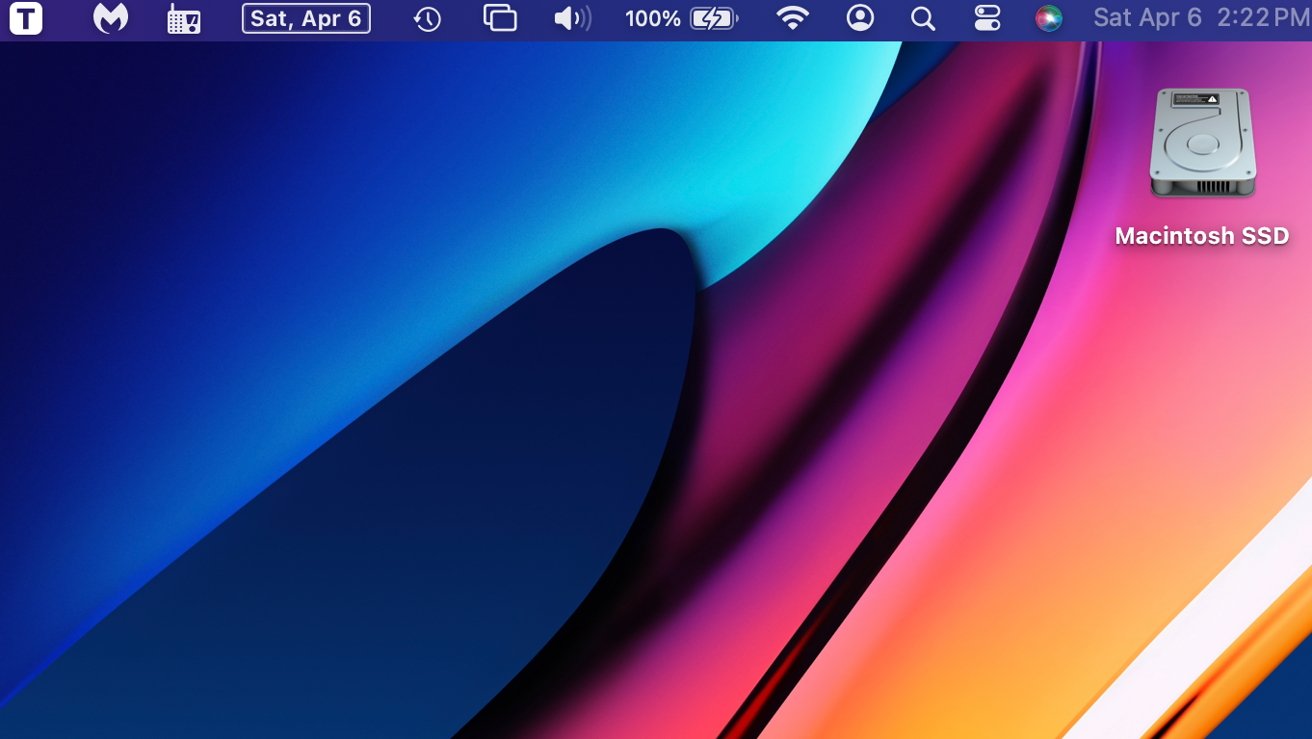
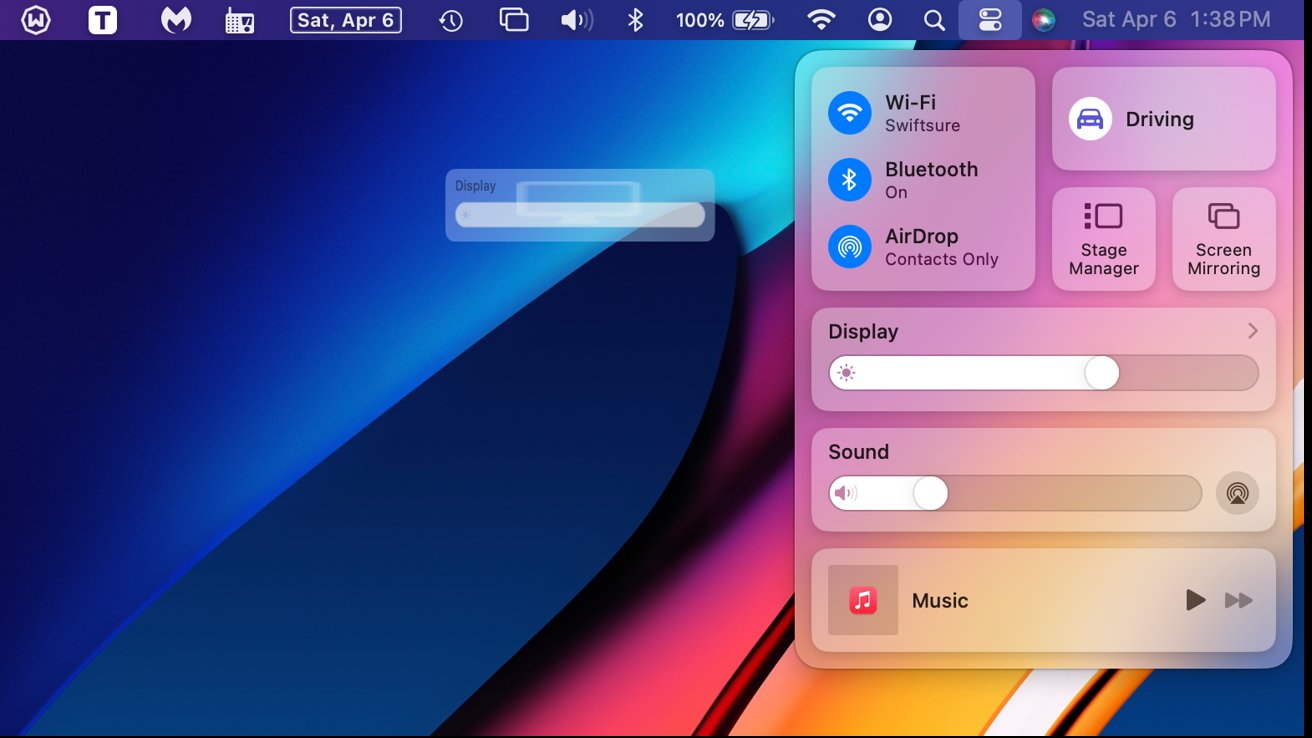
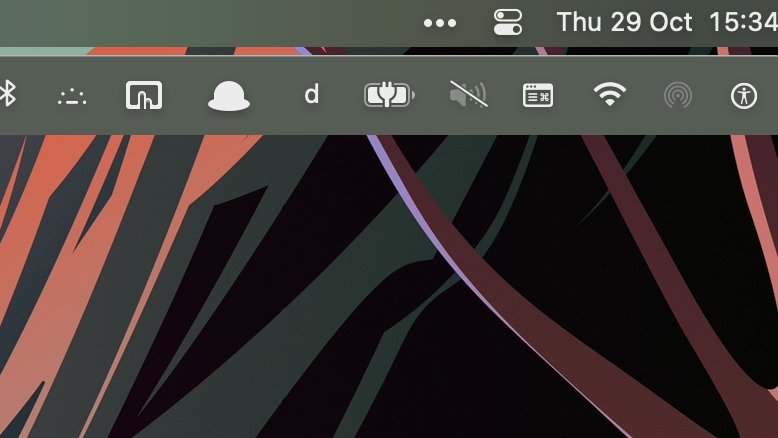
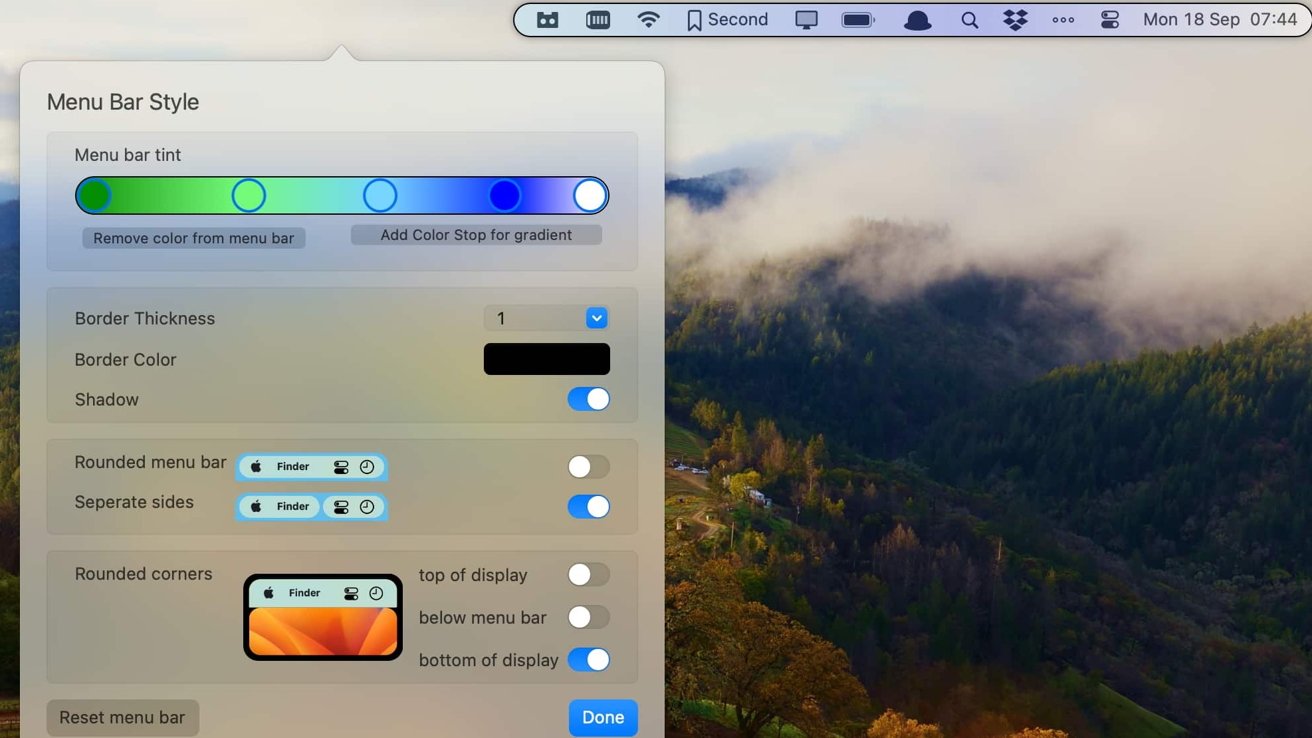







-m.jpg)






 Marko Zivkovic
Marko Zivkovic
 Andrew Orr
Andrew Orr
 Amber Neely
Amber Neely

 William Gallagher and Mike Wuerthele
William Gallagher and Mike Wuerthele

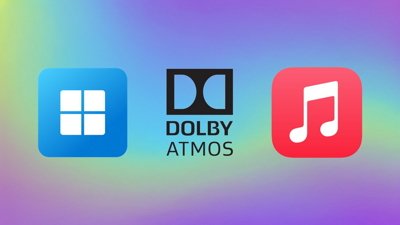
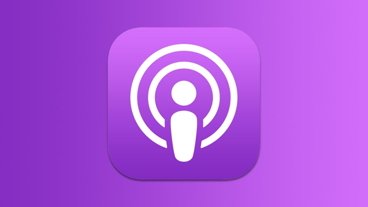
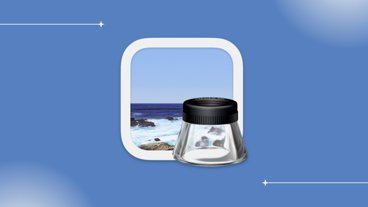








2 Comments
For a minimalist like me, Bartender has been an “eye-saver.” I use a lot of apps that have menu bar icons and it allows me to easily organize them the way I want to. Really a great app.
I rely on the Bartender app for macOS because it helps me keep the menu bar organized.
Additionally, I wanted to add specific icons, but I couldn't find any apps that met my requirements. So, I created my own app called Badgeify.
I think many others with similar needs could benefit from it.